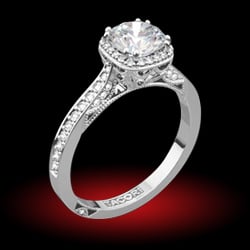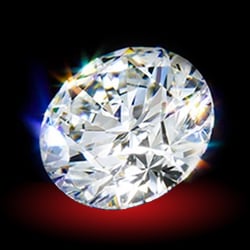iLander
Ideal_Rock
- Joined
- May 23, 2010
- Messages
- 6,731
I got this email from Barry about a potential stone for the bubblegum ring:
"about the red stone. I just cut it yesterday. It had a great deal of chromium in
it and looked like a chrome pyrope from northern AZ under the Chelsea filter. I'll have to ask my resident color
expert about the tone of the red. It is noticeably lighter than my other red garnets from Tanzania, but I don't know if
it would still be too dark for you."
It sounds good and I'm hopeful! But what does it mean?
Sorry, I know this is probably a dumb question but google was no help . . .
"about the red stone. I just cut it yesterday. It had a great deal of chromium in
it and looked like a chrome pyrope from northern AZ under the Chelsea filter. I'll have to ask my resident color
expert about the tone of the red. It is noticeably lighter than my other red garnets from Tanzania, but I don't know if
it would still be too dark for you."
It sounds good and I'm hopeful! But what does it mean?
Sorry, I know this is probably a dumb question but google was no help . . .







300x240.png)